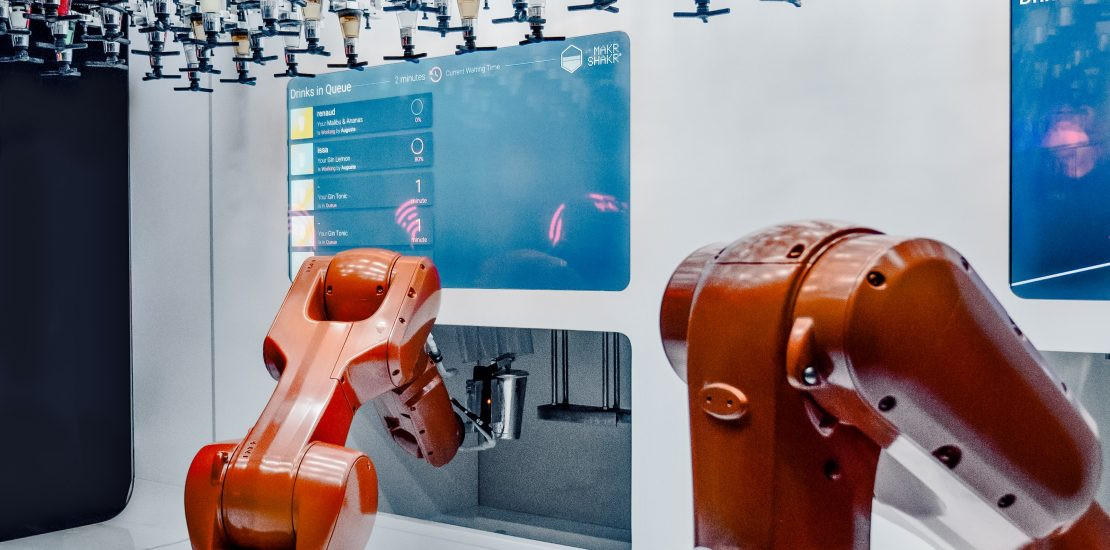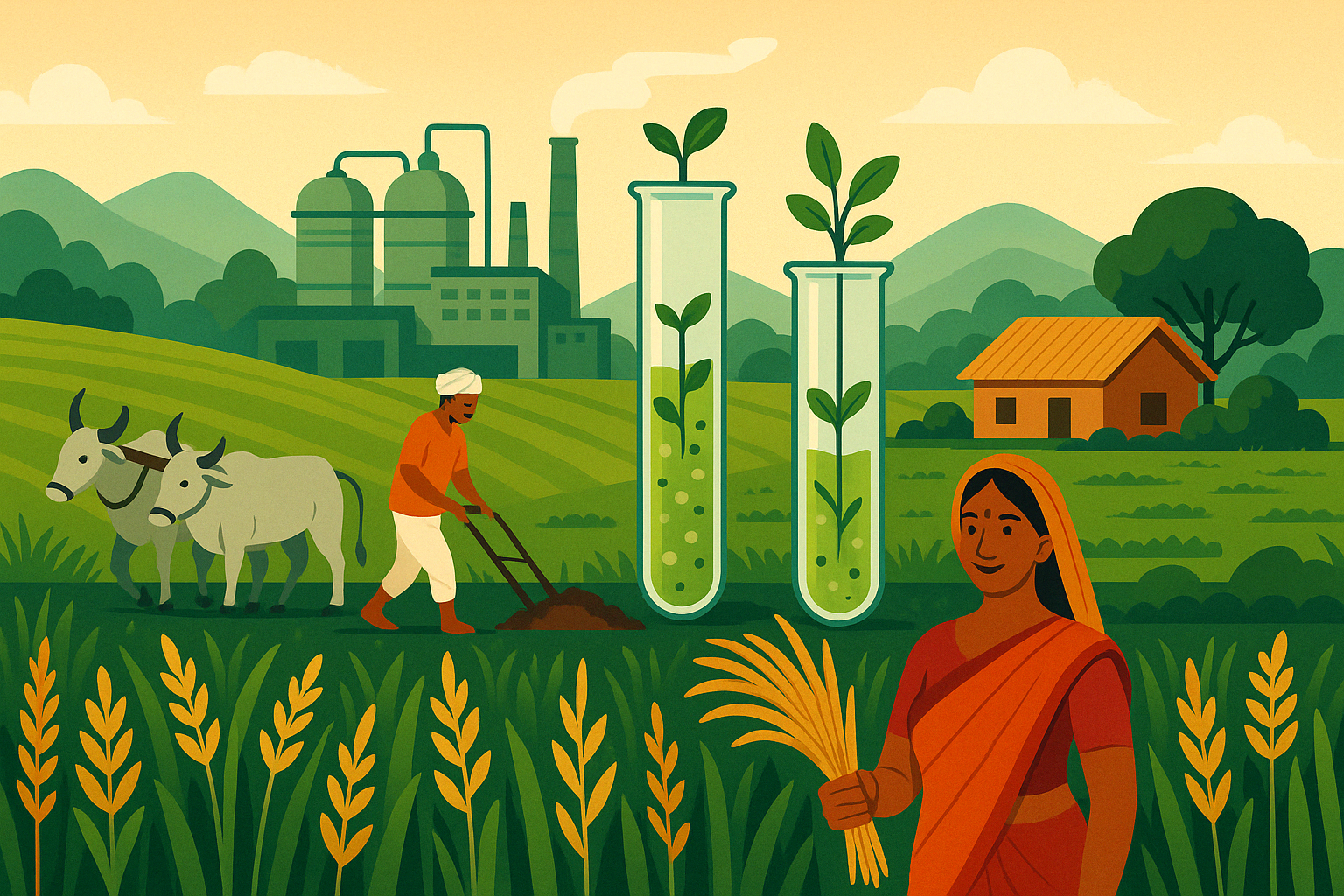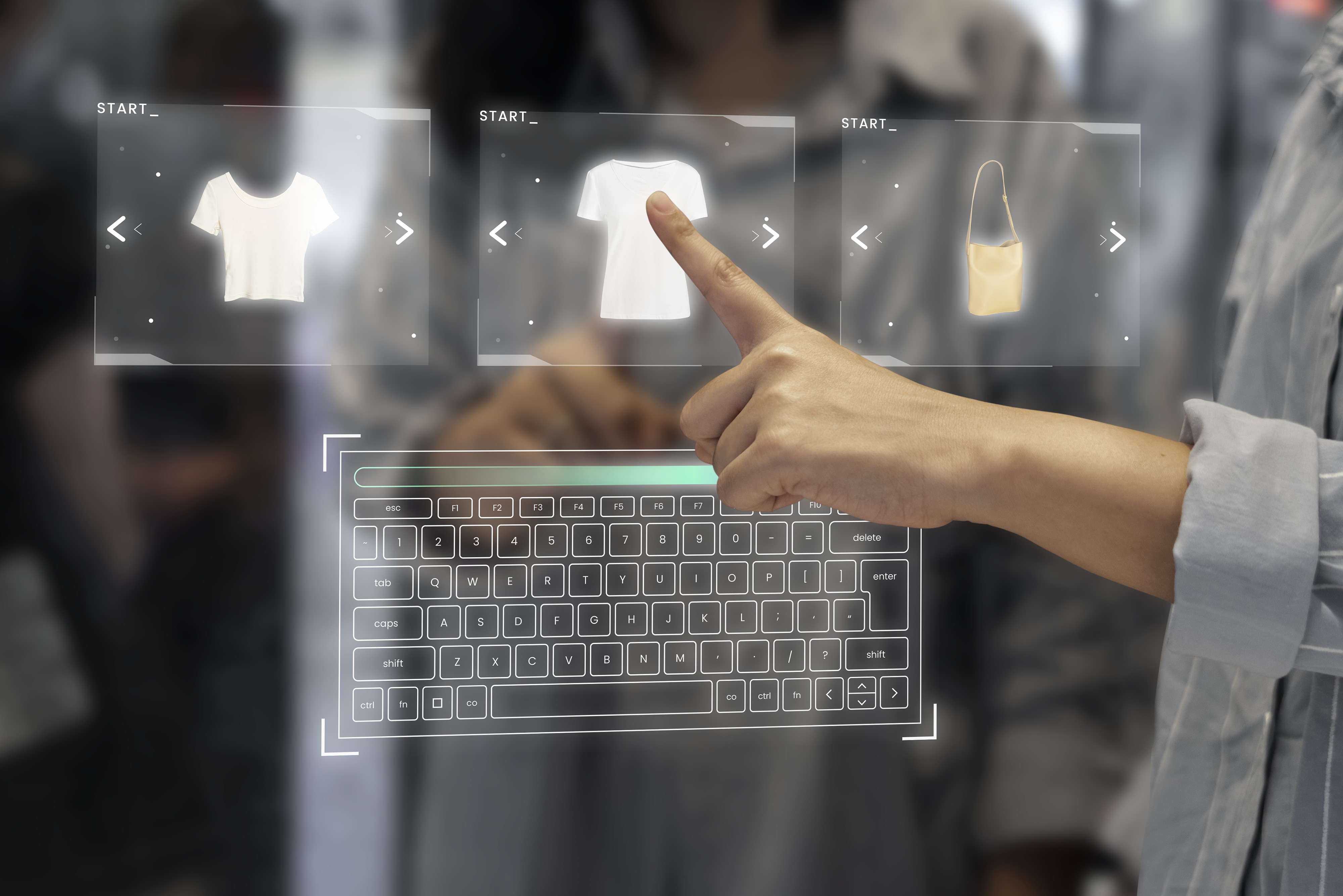Due to the COVID-19 pandemic, B2B and D2C industries were slowed or halted worldwide, creating a new normal. Per our analysis, initiatives such as wearables, food tech, AgriTech, automotive technology, smart utilities, and infrastructure are aggressively capturing the market gap post-pandemic.
Direct-To-Consumer (D2C)
AgriTech:
The farming community has always lagged due to the non-modernisation of farming techniques and equipment. This story was the same for all farmers till a few years back. With the increasing internet penetration and better supply chain solutions, the AgriTech industry started helping many farmers increase their income and productivity.
Few AgriTech firms have provided various equipment, fertilisers, pesticides, guidance and knowledge about farming directly to the farmers in a single phone call. Firms have also partnered with farmers to provide knowledge and advice about planting the best crop, yielding a better income. Some firms buy directly from farmers and supply them to small and large retail stores, eliminating possible intermediaries to condense the chain. During COVID-19, the farming sector has performed better compared to other sectors.
During COVID-19, AgriTech firms, especially those that provide agriculture equipment, faced a significant challenge that small and mid-sized farmers could not afford that equipment due to discontinued supply chains and lower income. So, they had to be back to their traditional farming methods. Firms, which are in hydroponics farming, faced supply-demand issues as most retail stores were closed. Many subscription-based consumers returned to their home states, resulting in the cancellation of their subscriptions. Firms advising farmers which crop is best to grow according to the soil and environment faced hard times convincing farmers as most wanted to cash crops. Due to all this, some AgriTech firms encourage organic farming and provide the required knowledge to farmers.
Such firms must invest more in data analytics to gain better predictive insights about farming conditions. They must hire local people who can teach farmers about the benefits in their local language. Firms that have done contract farming for fresh produce must improve their supply chain, adopt a monthly subscription, or have tie-ups with other firms to provide healthy food. Firms that focus on procurement and delivery can expand their territory, for which they will require the proper cold chain to keep the food fresh for a longer duration. Hydroponics farming firms can collaborate with restaurants and small retailers for a stable income. Firms must teach farmers how to use smartphones to help other players reach their customers easily.
Overall there are more areas to explore and grow in the AgriTech sector, like providing storage space, vertical farming, a platform for Agri-product buyers and sellers, organic fertilisers, pesticides, etc.
FoodTech:
FoodTech industry was booming before COVID-19. However, after the lockdown, all came to a standstill. Restaurants and food courts all were closed. Also, people started avoiding outside foods due to hygiene issues. Some food tech companies were dependent on institutions’ cafeterias, closed during the lockdown, facing heavy losses. Before COVID-19, people liked to eat outside food at least once a week, but this habit changed after COVID-19. People prefer home-cooked food that is safe and healthy.
FoodTech firms, which operate through cloud kitchens and have delivery systems, were affected the most. During a lockdown, people returning to their villages affected the industry due to the lesser workforce post-COVID-19. Food aggregators focused on food delivery, such as Zomato and Swiggy, also faced losses during the period. FoodTech firms must take bold steps to regain the lost ground during COVID-19. They must implement the highest safety standards for food packing so that the customers feel safe while having outside food. The firm which sells organic food items, such as honey and other staples, must ensure minimum or no contact during food processing and delivery.
FoodTech companies can publish food preparation/processing videos, which showcase measures to ensure minimum contact while preparing the food. Companies running cloud kitchens can invite regular customers to inspect their food preparation areas. It would help in garnering some positive perspective in the eyes of customers. Additionally, they should create more engaging social media content so that customers cannot ignore that. They can also collaborate with food bloggers to create a positive image across digital channels. In short, they should look for better and more innovative media feasibility.
Wearables:
The wearable industry has been in the incline mode since the beginning of COVID-19. The forced lockdown and increased number of people working from home have spurred the demand for wearables. People are buying wireless earphones for office work. Many of them had to buy extra pairs for their kids for online education during COVID-19.
Indian companies like NOISE and BOAT have benefitted tremendously due to this. They introduced the right products at the right price and time, pushing their sales upward. Also, smartwatches or wristband have made their way into people’s lives as due to COVID-19, many people have become health conscious and do not want to take any health-related risks. They have understood the value of being healthy. There is no sign of normalcy for at least six months or before the vaccine arrives, so the work-from-home and online education will continue. Few new companies faced challenges as consumers usually don’t trust more unique brands regarding electronics.
Companies must take advantage of COVID-19, develop more affordable devices with the best quality, and target more miniature cities and towns because many people have come home during this pandemic. They have to increase their reach to those places or do tie-ups with logistics firms with a vast network. They would develop safe and comfortable products for children aged up to 15 years, as most will attend online classes. Firms, which make earphones, can also approach different schools for tie-ups. Also, tie-ups with EdTech firms may help in expanding their reach. It will increase its reach and improve its brand recall. Some well-established firms may invest in smart wearable glasses for research to make them cheaper to gain the first-mover advantage. Smart wearable glass is a new concept not much popular among the masses. Smartwatches or wristbands have minimum functions for children, which can act as GPS devices to resolve security issues for worrying parents.
Business-To-Business (B2B)
Automobile Industry:
The auto industry is not doing well in the past year as sales declined compared to previous years. Several factors, such as GST implementation, structural changes, liquidity crunch, and a transition from BS-4 to BS-6, which forces companies to sell BS4 vehicles at heavy discounts, resulted in considerable losses to auto companies. There was a slowdown in the industry due to expensive loans and cab aggregators such as OLA and Uber. Then during the COVID-19 pandemic, the wheel of the automobile industry stopped utterly. For most companies, no car was manufactured or sold for over two months. This hit the hardest for SMEs who supply parts to big companies as most firms have only 1-2 customers. Their inventory increased, as well as their dues. Due to no hope of industry revival, workers also left for their hometowns and villages during the same period. Some firms had taken advanced loans to fulfil future orders but could not sell anything with factories shutting down. Also, the industry faced supply chain issues as most of their demands were at ports.
To improve this situation, post-COVID-19, auto parts suppliers must adapt to a just-in-time delivery model. Also, they should avoid being dependent on a single customer. SMEs must research and explore various products or machines, not necessarily related to the auto industry, manufactured with similar materials. For example, many global auto companies, including General Motors and Ford, produced ventilators from the same material used to manufacture cars and various parts. They can also approach local auto garages for material supply.
Firms must look forward to upcoming EV Start-ups and start supplying them. Also, under the Make in India initiative, they can manufacture parts for global auto players. They can also focus on manufacturing parts required after sales and turn to job work for OEMs.
Energy & Power:
The energy sector has seen growing trends for the past few years due to increased consumption and local demand. The standard of living of the middle class is rising, contributing to the need for more energy. The sector is mainly at a loss because of theft of materials, non-payment of dues, etc. During COVID-19, when most industries were not functional, it helped reduce the energy demand vastly. Also, energy and power distributors faced issues like non-payment of dues by consumers.
Small firms, manufacturing grids and other components have seen their orders get cancelled due to the economic slowdown. As the effect of COVID-19 is slowing down and the shutters of factories are opening up, the energy sector has again picked up the pace. Small firms cannot make the same mistakes as they have already incurred huge losses during this pandemic. Situations are getting regular, but the non-payment is still there as small households cannot pay their bills as those companies could not pay their supplier.
Firms must find other income alternatives to cope with the situation and not be in the same position again. The shift from conventional energy sources to renewable sources has a huge opportunity for SMEs. They should not depend on one segment and explore solar and wind energy options. They must manufacture complex parts for the solar industry, like panels and micro-inverters, rather than importing from other countries. It will reduce their dependency on other firms. Firms should start providing services directly to end consumers for a better margin.
Infrastructure & Construction:
The construction and infrastructure industry has picked up over the last 3-4 years as major roads, highway, and rail projects have been announced, and many more are coming. Road construction activities have increased exponentially over the past 2-3 years, a good sign for the industry. Such things help small or medium companies as most jobs are outsourced from prominent firms to smaller ones. It is also one of the most manageable entry sectors because of low entry barriers. The primary reason is that it is still a labour-intensive industry and employs many people. COVID-19 has slowed down the pace, and many projects are overdue now. Also, labourers’ return to their villages has created a massive gap for skilled workers in ongoing and pending projects.
Currently, the biggest challenge that construction and infrastructure firms face is the unavailability of skilled workers and significantly less cash. Firms are not working at total capacity, further pushing the completion deadline, which results in increased interest rates. Now, these firms have to re-strategise their model so that the most important projects get completed as quickly as possible to reduce their dues.
Technologies like 3-D printing are gaining popularity, reducing the price of construction and labour work exponentially. It is also much faster than conventional methods. Small firms can go for smaller units or make individual homes after successful completion to add work to the company’s portfolio. Manufacturers can produce bricks made from plastic or ash, making research and designing equipment from plastic or carbon. The firms must ask for the payments in advance, which will resolve the liquidity issue as many workers pay daily, which requires a tremendous amount of cash. The firms may try robotics, which is expensive but can do the work much faster.






